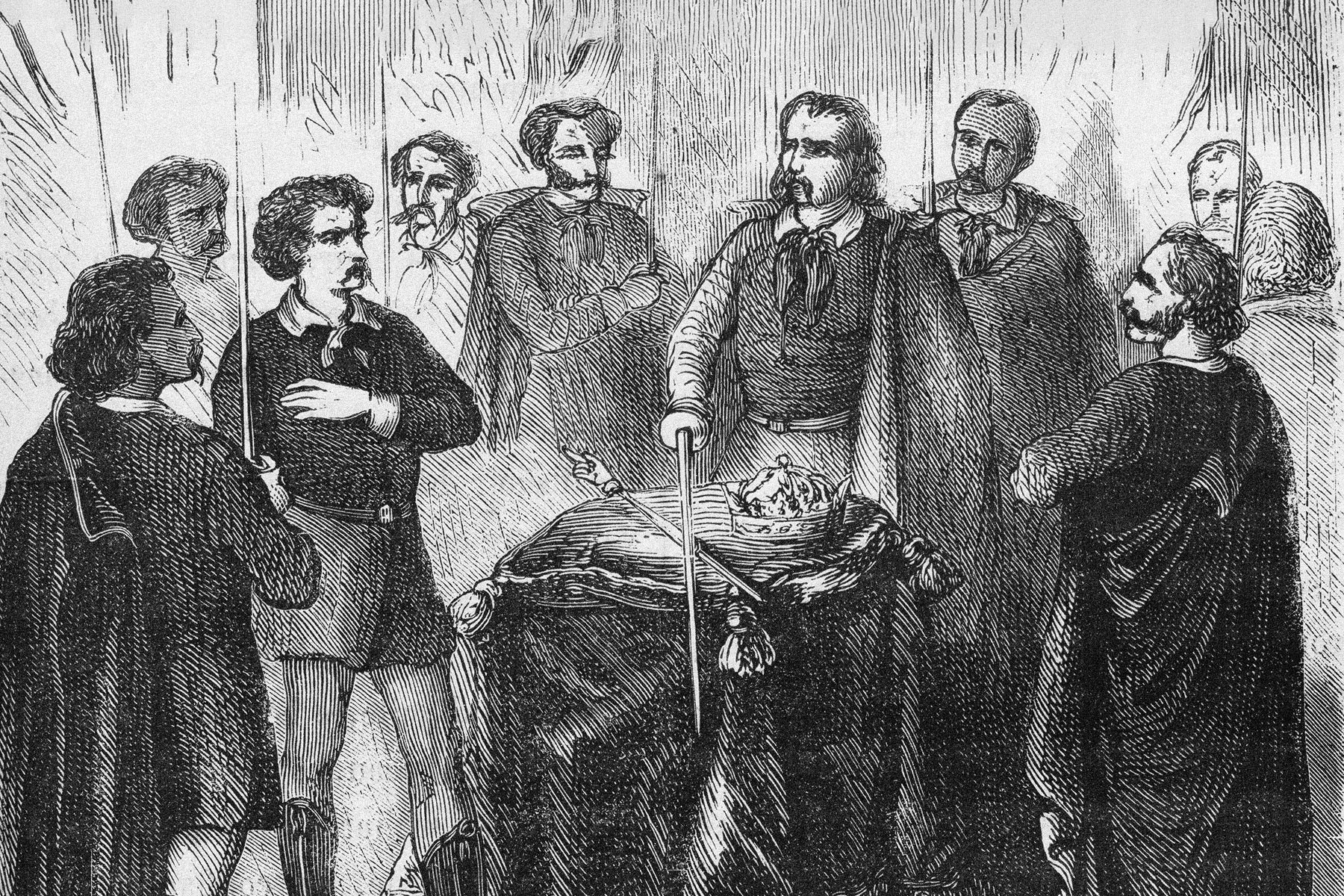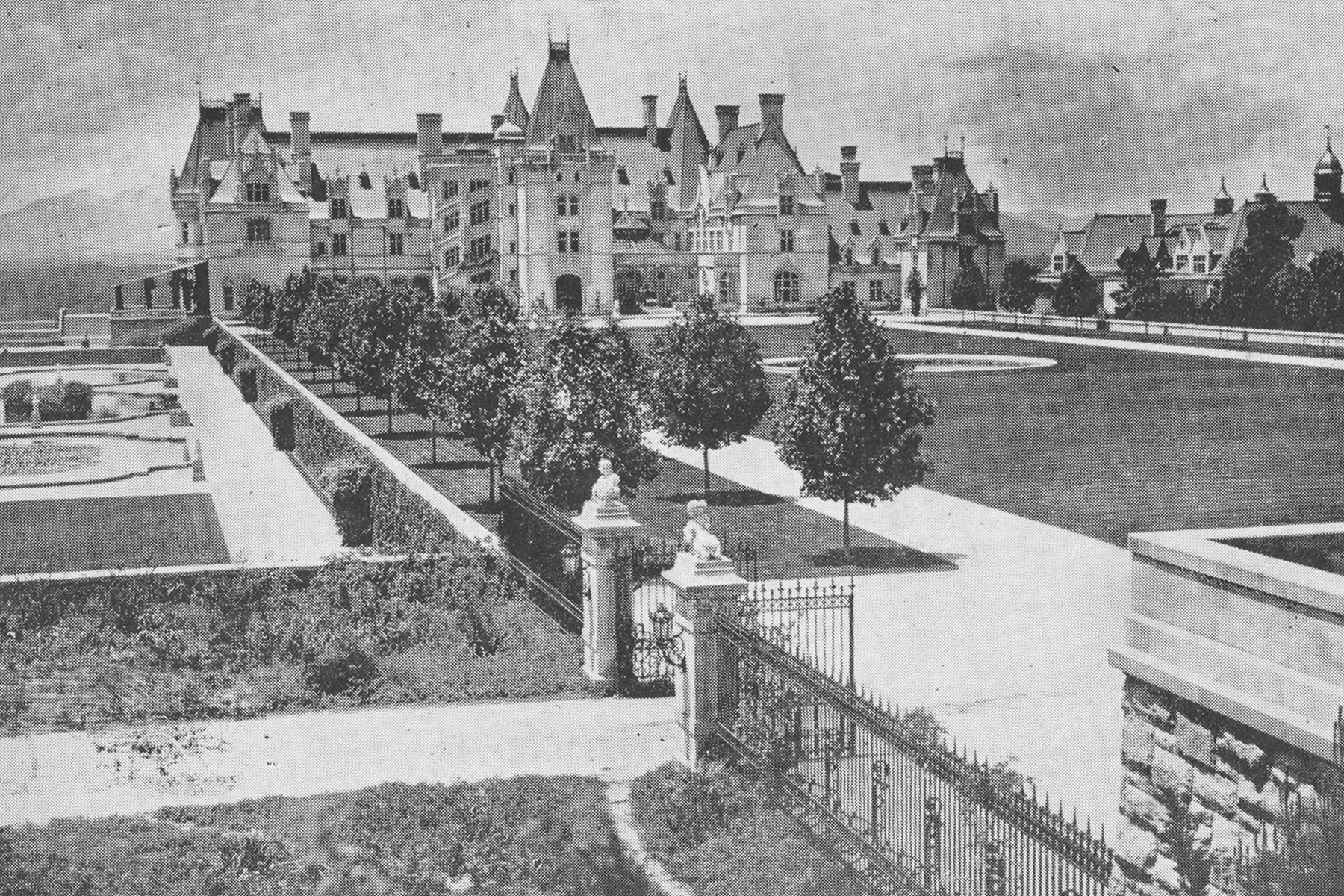 |
The first environmental law was passed in 1306. |
World History |
 |
| |
| Until the mid-13th century, British people burned wood to stay warm. But as cities such as London expanded and populations boomed, wood became scarce — demand for firewood and timber increased, and forestland was cleared for agricultural uses. So those who couldn't afford the rising price of firewood turned to something readily available: sea-coal, now simply known as coal. (At the time, "coal" referred to charcoal.) It's unclear exactly why it was called sea-coal, but it may have had something to do with how Brits could gather it from beaches along the North Sea. | |
| Not only did sea-coal produce thick smoke and an awful smell, but it also was woefully inefficient, so furnaces needed more coal to produce the same amount of heat as wood, leading to even more smoke. In Britain's notoriously foggy weather, all that smoke created smog that could hang in the air for days at a time. The pollution was so bad in London that in 1285, commissions were appointed to figure out a way to be rid of it. Still, the air got even worse, and in 1306, Edward I banned the burning of sea-coal. Although the king threatened steep fines and smashed furnaces as a punishment, the ban didn't have a lasting effect on the use of coal in Britain. | |
 | |
 | |||
| |||
Rare Unlimited Cash Back Match Turns Heads | |||
| Thank you for supporting our sponsors! They help us keep History Facts free. |
 | |||||||||
By the Numbers | |||||||||
| |||||||||
| |||||||||
 | |||||||||
| |||||||||
The first major smog in L.A. was mistaken for an enemy attack. | |||||||||
| If there's one city besides London that's notorious for smog, it's Los Angeles — but when L.A. saw its first major case of smog, it was mistaken for something else entirely. It was July 26, 1943, right at the height of World War II, so when a thick cloud descended smelling like bleach, making eyes burn, and cutting visibility down to just a couple of blocks, some people thought it was chemical warfare. In reality, the major drivers of that smog were factories, personal automobiles, and a bowl-like topography that trapped the fumes inside. | |||||||||
 | |||
Recommended Reading | |||
 | |||
| | |||
 | |||
| | |||
| + Load more | |||
| |||||||||
| 700 N Colorado Blvd, #513, Denver, CO 80206 | |||||||||






No comments:
Post a Comment